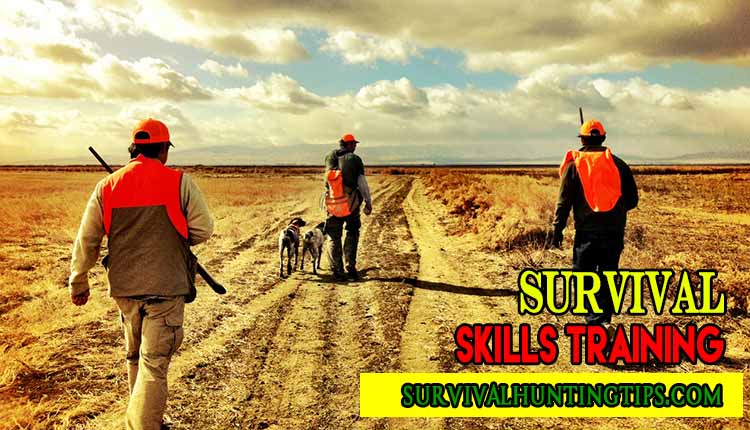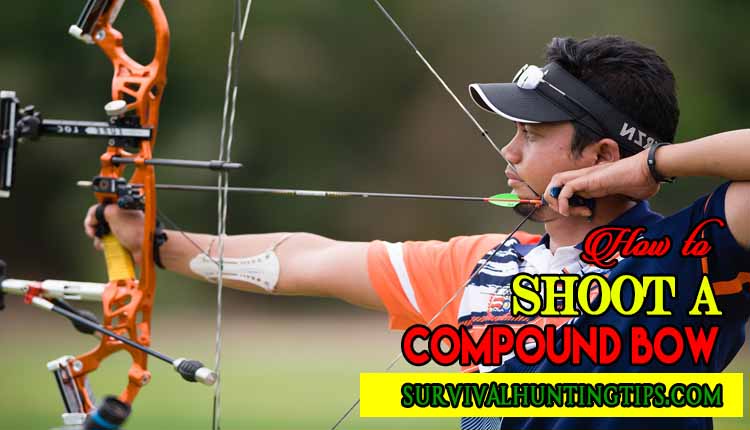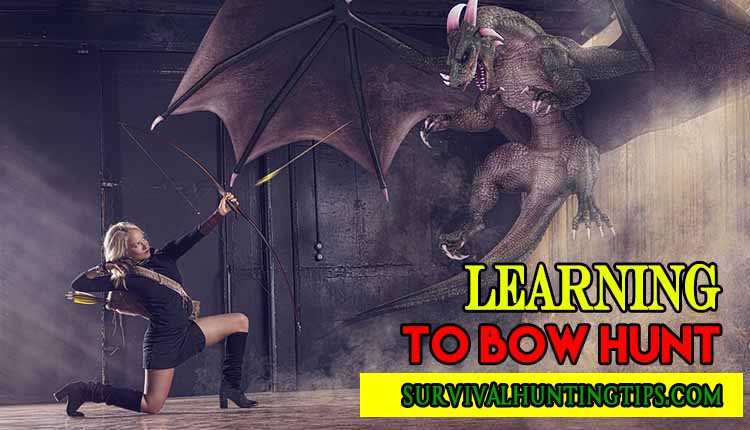Bow-hunting is a hobby that you can learn and perfect. For you to enjoy this sport, you will need to understand the instructions on what should be used to screw on board heads.
The broadhead is the essential part of an arrow because it is what determines whether you will kill your target in one shot. The following sections will look into this part in detail. This is to help you understand what should be used to screw on broadheads.
Once you have acquired your broadhead, you will need to fix it to the arrow before it is ready for use. At this point, the question of what should be used to screw on broadheads while attaching to the shaft will arise. Read more Guide here
The arrow broadheads are classified into three main categories, namely, detachable blades, fixed broadheads, and mechanical blades.
Table of Contents
Detachable Blades
Detachable blades are removable to allow the hunter to replace when they become blunt or dilapidated. The advantage of this is that you only get rid of the arrowhead. You can replace as many times as you need, keeping your arrow in the best working condition.
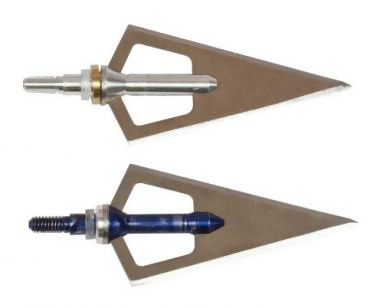
Fixed Blades
These are the ancient arrows that have permanently fixed broadheads. The fixed blades are attached to the shaft using superglue, or in some cases, soldered in. They are best used on arrows that need less drawing string force.
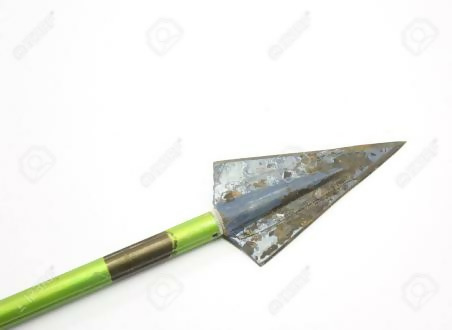
Mechanical Blades
These are expandable broadheads characterized by their retractable nature. The arrowheads retract while in motion and expand the moment it lands on the prey. These broadheads are used with bows that are heavier than the standard ones.
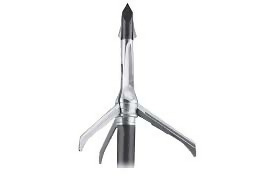
The Process of Screwing on Broadheads
Three different methods can be used to attach the broadhead to the arrow, and I will expound on each.
Riveting
This involves screwing the broadhead to the arrow rod. You will need to ensure the head is firmly secured. For this process, you will need the broadhead and the right screws to fix it. The broadhead always comes with a screwing manual and the screws.
If you follow the instructions to the latter, you will not go wrong.
Tying
This is a very traditional method and one that is not effective. You use a nylon string to tie the broadhead to the shaft. The rope will not hold very firmly, and as such, the broadhead may fall off when in motion or after hitting the target.
Gluing
Using glue to stick the broadhead to the shaft is another useful and commonly used method. You can either use hot or cold adhesive. Both of these have their advantages and disadvantages, as discussed below
Hot Glue
Most bow-hunters fix their broadheads to the shaft using hot glue. Hot glue is easy to apply and sticks the pieces firmly. It is used on both fixed and detachable broadheads because it can easily be removed by heating.
While reheating to remove the broadhead, there is the risk of spoiling the head; hence, the process needs extra caution.
To minimize the damage, you will need to use moderate to low heat. A spirit lamp is safer for this purpose, as opposed to a torch.
Advantages of using Hot Glue
- It is easy to apply
- Easy to remove the broadhead
- It makes it possible to adjust the broadhead for better fitting
- It is a time tested method of fixing the broadhead to the shaft.
Disadvantages
- It can cause burns
- High heat can damage the broadhead
- You need a glue gun and source of power
Cold Glue
You also have the option of fixing the broadhead to the shaft by use of super glue or any other standard glue. The process of applying cold glue and hot glue is the same.
Advantages of using Cold Glue
- It dries up instantly
- It is easy to apply
- The broadhead is fixed firmly
- It safe to use
Disadvantages
- It is not possible to detach the broadhead from the shaft, meaning it can only be used on fixed broadheads
- Can easily crack because glue becomes brittle once it hardens
- It is not possible to align in case you did not fit the broadhead to the shaft precisely.
- Using Screws to fasten the Broadheads to the shaft
Of the three methods we have discussed above, you should not attempt tying. Riveting is much better, but professional bow hunters use it because of its complexity.
Gluing is the most common technique, and it is carried out in three simple steps.
Arrange the Pieces
The first step is to arrange the broadhead and shaft in the right alignment, with an adapter in between. The adapter makes the connection stronger, but you can do without it.
You will need to remove dust from the two surfaces that will be in contact. After dusting, you use sandpaper to file the surfaces and clean some more using alcohol or nail polish. Make sure the two pieces are thoroughly clean before applying the glue.
Gluing
This is the most critical part of the whole process. You chose your preferred glue, be it hot or cold glue. For hot glue, you will first need to heat it.
We do not recommend using a torch. Also, you have to exercise caution when applying the hot glue to avoid burns. You need a glue gun or an applicator.
Alignment
The final step is to ensure you have aligned the broadhead and the shaft properly. You must cross-check the arrangements when fitting, applying glue, and sticking the pieces together. This step is essential because an arrow that is not aligned with the broadhead will experience resistance while in motion.
Conclusion
From the article, you are now in a position to know what should be used to screw on broadheads. Once you have fitted the broadhead well, there are a few measures that you should put in place to keep you broadhead in good condition.
- Uncock the Arrow from the bow correctly (Click here for guideline on how to uncock the arrow from the bow)
- Store your arrows in a quiver
- Always remove you have removed all the parts of the broadhead from the animal
- Invest in a durable broadhead and ensure you fix it properly to the shaft.


